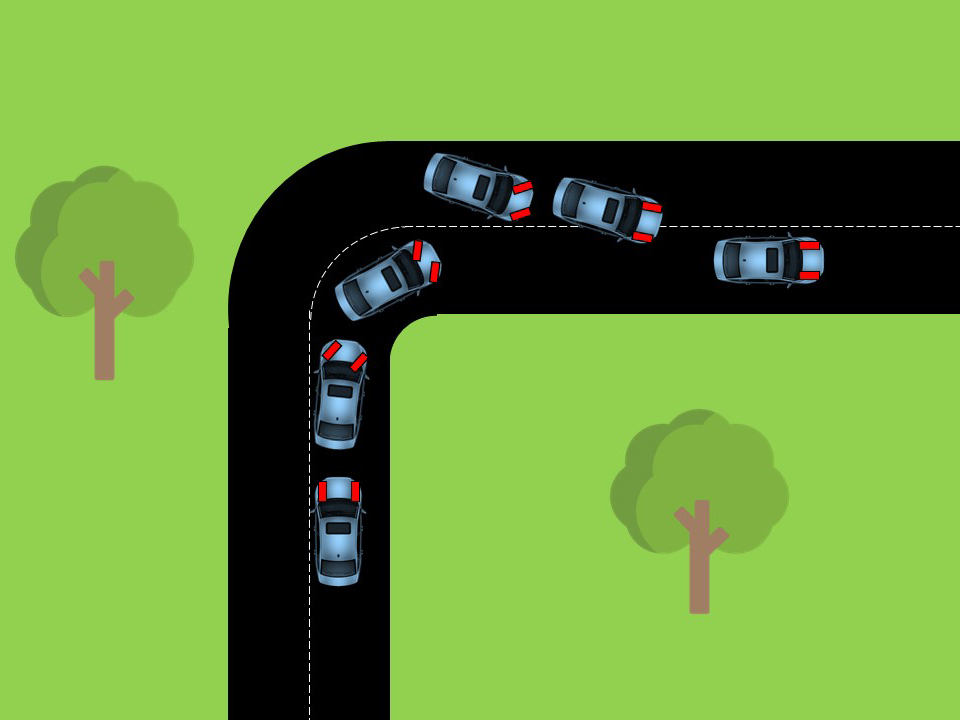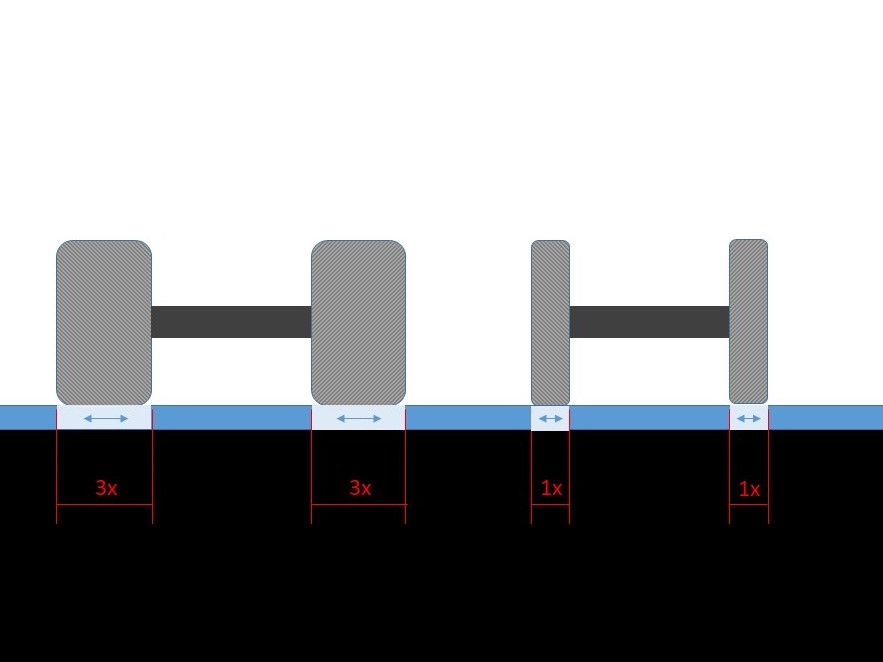Steering wheel and freeplay
The steering wheel turns the wheels of the car. Overtime this steering mechanism starts wearing out and can cause additional "freeplay" in the wheel. To test the amount of "freeplay" the steering wheel has you can stand next to the car and gently move the steering wheel up and down to see whether the wheels respond quickly. If you need to turn the steering wheel a lot before the wheels start moving you should take your car to the garage to have it fixed
Power steering
Power-assisted steering is available in modern vehicles. This system helps the driver steer the car with less effort. The system's efficiency degrades with time and requires maintenance.
- Difficult to steer: If the automobile becomes exceedingly difficult to steer, there might be a leak causing the hydraulic fluid to drain. You usually throw power steering fluid in the power steering reservoir to maintain the right level.
- Air in the power steering servos: If you turn the steering wheel but it "jerks and pulls" you probably have dirt or air in the power steering servos.
- Steering servo system stops working: When the engine is turned off, the power steering servo system stops working, resulting in very heavy steering. Keep this in mind when towing
- Wheel imbalance: Shakig in the front wheels is due to wheel imbalance and not the power steering mechanism. Consider having the wheel balancing inspected
Oversteering
Oversteer occurs when the driver puts more power than the tyres can handle when turning. This causes the tyres to slide and attempt to push in the opposite direction of the turn, pushing the back end out. The similar result might occur if you brake too hard when turning or abruptly remove your foot from the throttle.
How oversteering happens
- The driver in the car turns the steering wheel too much or accelerates to much
- This makes the back tyres spin and lose grip, causing the car to slide sidways (fishtail).
- This normally affects rear-wheel drive cars.
- You can avoid this by always placing the best tyres at the back .

Reasons of oversteering
- Braking forcefully.
- Aquaplaning with the back tyres.
- Fast acceleration with a rear-wheel drive vehicle.
- Tail-heavy car (too heavy a load at the rear)
- Inadequate air pressure in the rear tyres./li>
- Tires that have worn down.
- Connected trailer or camper .
- Crosswind .
Understeering
Understeer is more commonly linked with front-wheel drive cars than rear-wheel drive ones, and it occurs when you attempt to take a bend too quickly. In a front-wheel drive automobile, the front wheels have a lot of responsibilities: they must convey power from the engine to the road, control the direction of travel and also break the car when brakes are applied
How understeering happens
- The driver approach the corner too fast
- When the driver turns the car there is insufficient grip to turn the vehicle
- The car continues in a straight line
- Understeering is safer then oversteering as it does not throw the car into a different direction.

Reaosns of understeering
- Braking without ABS brakes..
- Front light car (Load on front is to light)
- Not enough air in front tyres
- Connected trailer or camper.
- Aquaplaning with the front tyres.
- Worn front tyres.
- Fast acceleration of front wheel car
- Locked differential (the wheels are forced to move at the same speed in bends)
Electronic stability control (ESC)
The electronic stability control (ESC) is a key safety mechanism that stabilises a vehicle in a critical situation. The ESC system continually analyzes the driver's input with the vehicle's actual behavior, using data from the wheel speed sensors, steering angle sensor, yaw rate, and lateral acceleration sensor. If an unstable state is identified, such as a result of an abrupt direction change or wheel flutter. The ESC reacts in milliseconds and stabilizes the vehicle by intervening with wheel-specific brakes and adjusting engine torque.
Different names for electronic stability control (ESC)
- Anti-skid system / Anti-spin system
- Anti-spin system
- DSTC (Dynamic Stability and Traction Control)
- ESC (Electronic Stability Control)
Aquaplaning
Aquaplaning or hydroplaning by the tyres of a road vehicle, or other wheeled vehicle occurs when a layer of water builds between the wheels of the vehicle and the road surface, leading to a loss of traction that prevents the vehicle from responding to control inputs.
Reasons for aquaplaning
- Large pools of water.
- High speed.
- Wide tyres.
- Tyres with poor tread depth.

The arrows indicate how much water needs to be displaced. The amount of water displacement increases by the area of the tyre on the surface
How to control aqua planning
Don't worry if your automobile starts to aquaplane; instead, use these strategies to assist you control an aquaplaning vehicle:
- Don't slam on the brakes too hard.
- Take your foot off the gas pedal slowly.
- Straighten the steering wheel.
- Do turn the steering wheel until the tyres got grip again
